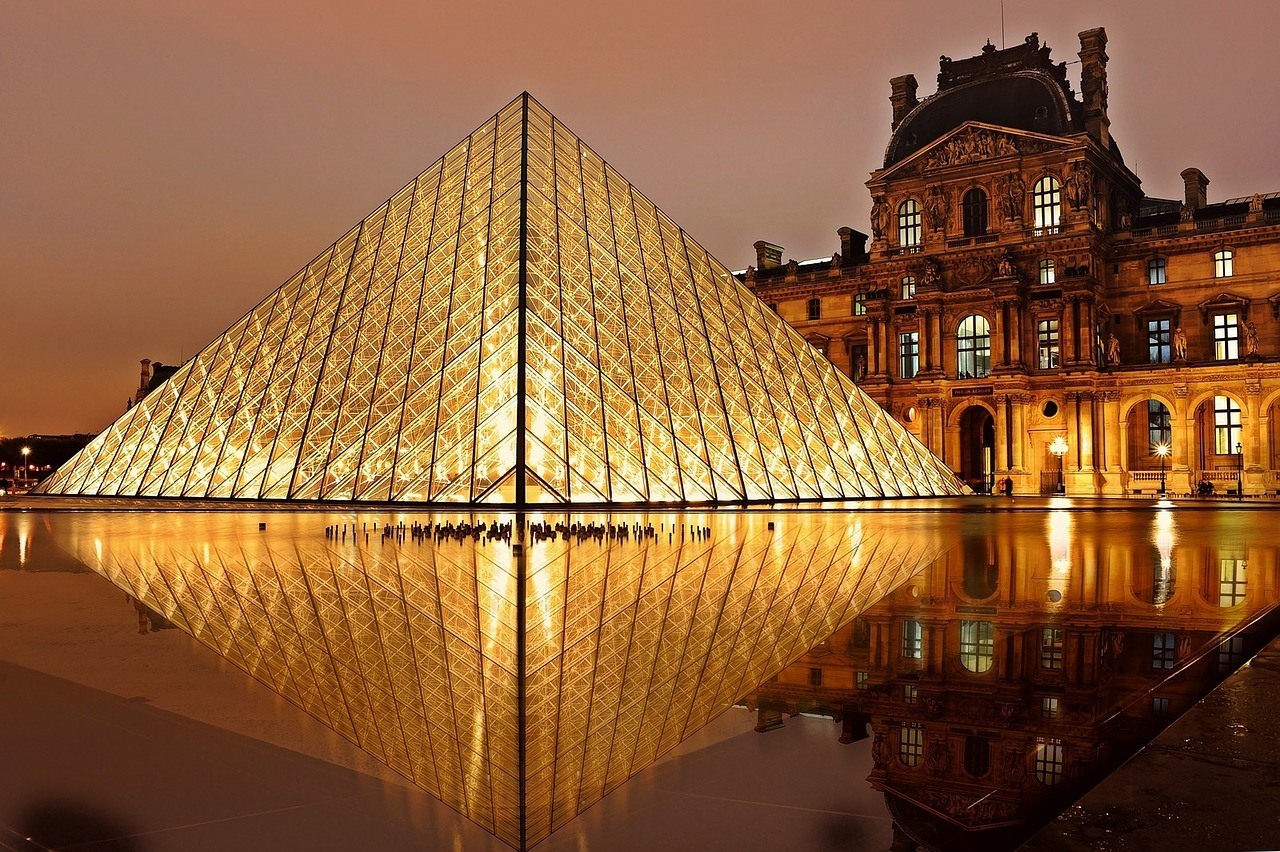
Just before the French Senate issued a decree that Notre Dame Cathedral be restored to the 19th century version, architect Roderick Anderson worried the Notre Dame competition could feed into the race to create the next, most shocking modern design. In this Q&A, we explore ways contemporary architecture interacts with classical architecture, as I.M. Pei’s Louvre Pyramid does beautifully, and why Notre Dame should stay true to tradition.
When the fire happened in April, how did you first react to the news?
I was absolutely stunned. We lost one of the world’s best examples of true Gothic architecture — an event which is not, and should not be taken lightly. Notre Dame has stood the test of time for centuries. It feels beyond belief that we could lose so much of it now, given the technology at our fingertips to ensure fire safety. I immediately thought of the World Trade Center. Both are icons of their cities. So when Notre Dame’s spire fell, that moment stuck with me.
Top administrative cleric Patrick Chauvet asked “Why?” — What deeper meaning do you find?
Our architectural world is going at a fast pace. Many architects are trying to one-up each other, to create the next weirdest building. There are some fantastic contemporary designs. Zaha Hadid’s winding structures, for instance, push boundaries and motivate us to think outside the box. Yet Notre Dame can help us come back down to earth. True classic architecture was done perfectly. So why do architects continue this incessant race?
How is Notre Dame both a tragedy and an opportunity for restoration?
The event promotes important discussions in the architecture world, specifically whether the Notre Dame restoration will integrate a more modern solution or replace the classic aesthetic.
One example in Paris comes to mind — I.M. Pei’s Louvre Pyramid. He didn’t put the pyramid on top of the palace. Rather, the glass and metal pyramid is in the main courtyard of Louvre Palace, where its modern design can interact with the surrounding classic structures. Within this context, his masterpiece works well. The Pyramid has become a cherished part of Paris.
At Notre Dame, the context is different. I believe the modern should not be stacked on top of the traditional stone structure. Notre Dame should stay true to tradition. The best solution is to recreate the spire in steel and add wooden cladding to achieve the same beauty, without running the same risks.
Pope Francis mirrors the theme of community, calling Notre Dame an “architectural gem of a collective memory.” — Why is it important for architects and other professionals to collaborate on this project?
Without advice from architects, the politician or cleric who makes the final decision would be ill-informed. They need all the information possible at their disposal to make a proper choice. Essentially, Notre Dame is no different than any other architectural project. From the start, there was the client — the monarchy and church closely connected — which wanted to create a magnificent cathedral. Throughout the process, the original designer interpreted the client’s needs and created an architectural masterpiece. Today, let’s collaborate and use our resources to recreate the cathedral in the same spirit.
Millions of dollars are pouring in from UNESCO and other donors. What does this increasing budget imply?
While it brings hope, there are other financial factors to consider. Now that the tragedy is so fresh, donations are pouring in and that’s wonderful. Yet in a year, those who donate will begin to question if they should donate more. That is a necessary evil of public work. Another example is the Port Authority Trans Hudson station at the World Trade Center. It went over budget and took much longer than expected. The result is gorgeous, but in hindsight donors are asking if it was all worth it.
From a more technical perspective, let’s talk about fire safety. Why is it a challenge to protect historical buildings from fire?
Some Notre Dame officials said it would be best to just let it burn. They were more concerned about the water damage and less about the fire, which makes sense. Moving forward, the challenge is to figure out how to weave the systems through the stone blocks.
Yes, firefighters couldn’t inundate the limestone building with water because it would compromise the structure. What makes this material bad for fire safety?
Limestone is extremely porous. A stream of high pressure water easily erodes limestone; yet firefighters can’t put a fire out with a small splash. Another issue was the possibility that water could collect in the nave.
The cathedral has endured riots, wars, and revolutions. How does this event contribute to its story?
Notre Dame will always be meaningful due to the history it represents. Even though today we see it as a representation of classics, if we put ourselves in the shoes of history, Notre Dame has always pushed technological boundaries. Back then, they wanted to see how far they could push stone construction, to build something as tall, striking, and beautiful as Notre Dame. In my opinion, Notre Dame should stay true to tradition. Honoring the 19th century design, the reconstruction can still happen in the spirit of innovation.
When people look back on this in 50 years, what perspective might they gain?
Gratitude that the world was gifted the opportunity to honor history, that those in power were smart enough to know when modern style fits and when it doesn’t. While the glass pyramid interacts perfectly with the Louvre, modern proposals for the Notre Dame roof cause my stomach to churn.
With many religious and political questions at hand, this restoration of Notre Dame could lead us to answers.
